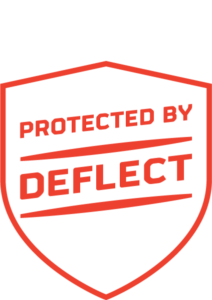Europe is not so safe for journalists
Although journalists work in a relatively safe environment in Europe, and especially in EU countries, they sometimes pay the highest price for doing their job, as the recent murder of Maltese journalist Daphne Caruana Galizia showed
The brutal murder of Maltese reporter Daphne Caruana Galizia in a mafia-style car bomb attack on 16 October is the first of its kind in Malta and for a very long time in Western Europe.
At 53, this mother of three was among the most exposed journalists on the island, notably because of her fight for transparency and against the corruption that is corroding Maltese politics and society. She made a lot of enemies through her investigations and revelations, both in the newspapers where she was working and on her blog , one of the most popular in the country, especially within the island’s political and business elite. She received many threats and recently filed a police report about it.
Her assassination reminds us that although in the EU journalists generally work in good conditions, freedom of the press and journalists’ safety are not to be taken for granted.
To make things worse, crimes against journalists often go unpunished. According to CPJ, out of the total 805 murdered (specifically targeted in direct relation to their work) journalists cases since 1992 across the world, 695 are still unsolved . Impunity represents a worrying trend also at the European level , where many cases of murdered journalists – from Spain to Croatia, to Poland, remain unpunished.
The map below shows journalists killed while on duty in Europe since 1992 for each country. The data come from the Committee to Protect Journalists (CPJ) database , as well as from the International Federation of Journalists and from the International Press Institute , and are updated on 23 October 2017. The figures don’t take into account reporters who were European nationals and were killed outside Europe, particularly in war zones.
This article is published in collaboration with the European Data Journalism Network and it is released under a CC BY-SA 4.0 license.
Tag: EDJNet





